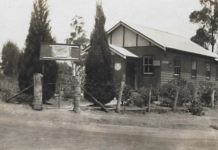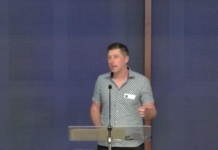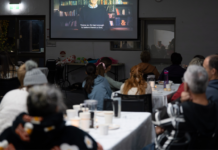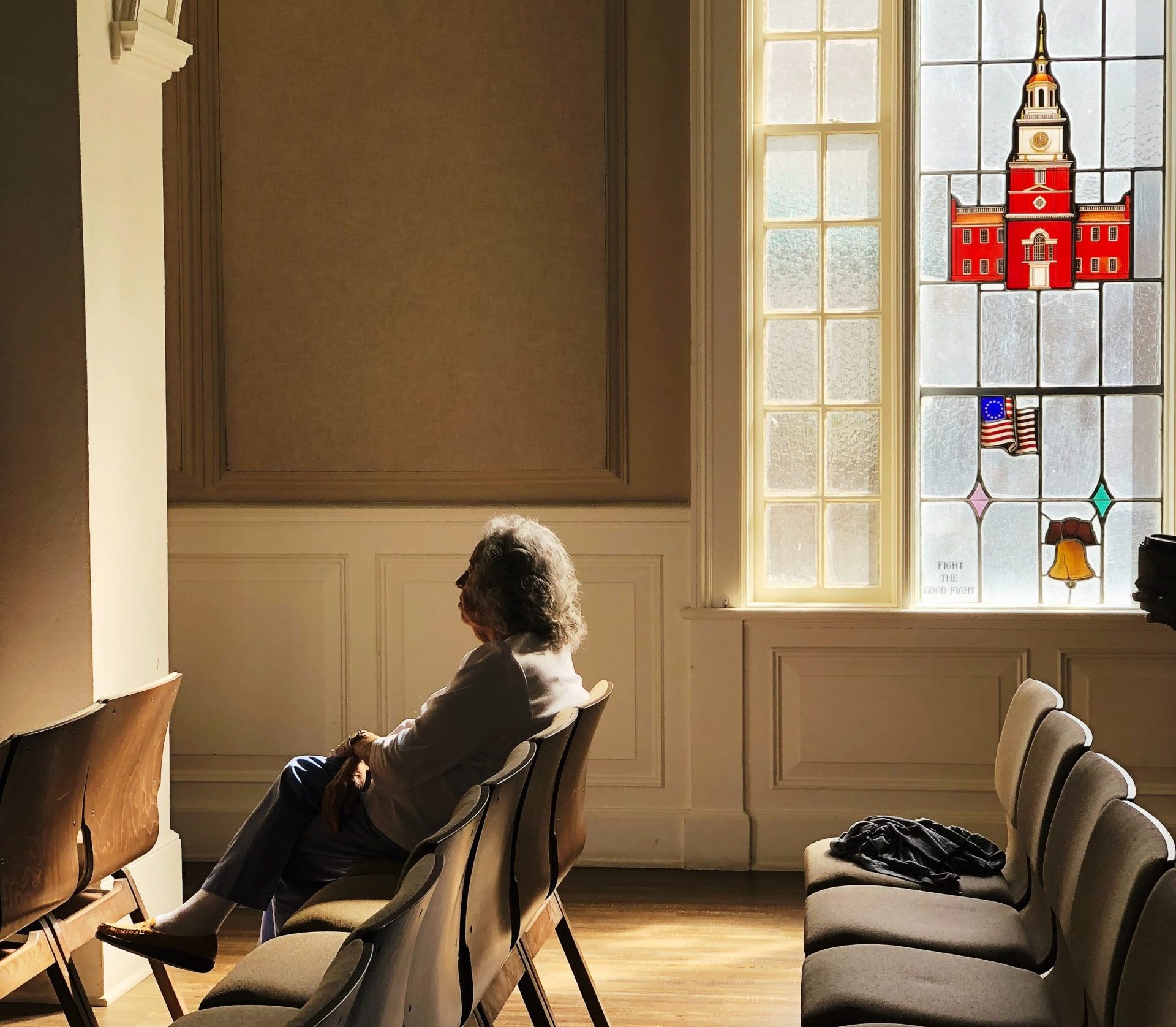Working for the Baptist Association allows a unique perspective on how churches and leaders are navigating the disruption and challenge of COVID-19. I see a heightened degree of stress within society, so as churches begin to explore the reality of regathering, it’s not surprising that this is an area of concern for leaders and volunteers.
 The question of stress and workload for churches as they begin to regather is contextual. It is dependent on a variety of factors that relate to the system as a whole and the circumstances of each individual. The factors include:
The question of stress and workload for churches as they begin to regather is contextual. It is dependent on a variety of factors that relate to the system as a whole and the circumstances of each individual. The factors include:
- the motivation for regathering (WHY)
- the location these gatherings will take place (WHERE)
- the rhythm and content of these gatherings (WHAT)
- the people, roles and responsibilities needed to regather (WHO)
- the timeframe of when to launch the gatherings (WHEN)
- the plan for how to execute and review the gatherings (HOW)
What induces stress for one person, will be different for another. So, it will be important for the church to a) help individuals identify their own stressors and that of others b) provide scheduled and regular opportunities to ‘check-in’ and review c) plan and communicate back up options d) above all, create space for grace.
The perceived lack of predictability and control can create stress, so bringing clarity to the above factors and cultivating a learning posture, like that in the Cycle of Discovery, will help with the stress and workload of regathering.
Why are we regathering?
Being clear on the motivation for regathering is important because this shapes all the other factors. Are you regathering because people are feeling disconnected? Is it for teaching or corporate worship? Perhaps it’s simply responding to the most vocal or absent members? Create a list and prioritise your reasons. What comes out on top? Churches that have been clear on the why use this lens to make decisions about the other factors and in the communication to their community. Communicate the why and explore ways to measure resonance or dissonance amongst members with your motivation.
Where will we gather?
Think about what space/s to meet that best reflects your motivation of gathering. For example, if your primary reason for regathering is discipleship, maybe you should start with small groups or house churches where a regular group of people can do life and faith together. If the reason is about cultivating community and/or mission, use spaces that allow for 15-50 people (when applying the relevant COVID safe restrictions). Spend time analysing the environment to see if it will meet the desired outcomes in a COVID safe way and include this in your communication.
What will our gatherings look like?
How regularly you gather and what these meetings look like, should reflect your motivation too. If people are longing for social connection and you preach a 45min sermon, it will miss the mark. So, design a gathering and rhythm of meeting that will meet the outcomes related to your why and communicate this in advance to help shape people’s expectations.
Who is God gifting to lead?
The motivation for gathering, where and what this will look like, should also determine the type and number of leaders needed. Who has God gifted to your church for such a time as this? Be specific about the type of leader/s needed. Have an “I see in you” (ICNU) conversation with them. Discern what training and support they will need to fulfil the role.
 NB: People are cautious around commitments during this season of disruption and uncertainty. This is in part because there is a lack of clarity on what they’re committing too and the need for flexibility, should their own context change. Working through the different factors outlined in this article will help to clarify what they’re committing too and building in regular reviews and opportunities to step back or out could provide the flexibility needed.
NB: People are cautious around commitments during this season of disruption and uncertainty. This is in part because there is a lack of clarity on what they’re committing too and the need for flexibility, should their own context change. Working through the different factors outlined in this article will help to clarify what they’re committing too and building in regular reviews and opportunities to step back or out could provide the flexibility needed.
When will we start to regather?
Work with the leader/s to decide on a date/s (I write elsewhere about a staggered/reproductive approach to starting new gatherings) to regather and communicate, communicate, communicate. Picking a date not only allows the leader/s to make the necessary arrangements, it sets expectations for the broader church and allows the focus to then move to the other key functions of being the church (beyond gathering).
How will we make this happen?
Start planning and communicate these plans with the different stakeholders, allowing space to hear and respond to people’s concerns.
In an article in Christianity Today on why North Point Community Church announced that they weren’t relaunching services until 2021, Andy Stanley says, “People want certainty. We cannot provide certainty. Clarity is the next best thing”. In the same article Derek Sweatman said in an announcement posted on Instagram, “this decision has allowed our pastoral staff to ‘move forward’ with new plans and ideas.” Bringing clarity reduces stress and allows workloads to be managed. Throw in loads of grace, regular support, reviews and relevant training and you’re on the way to responding to the stress and workload of regathering.
–
Written by Jamie Freeman (Gen1K Mission Team Leader)





























